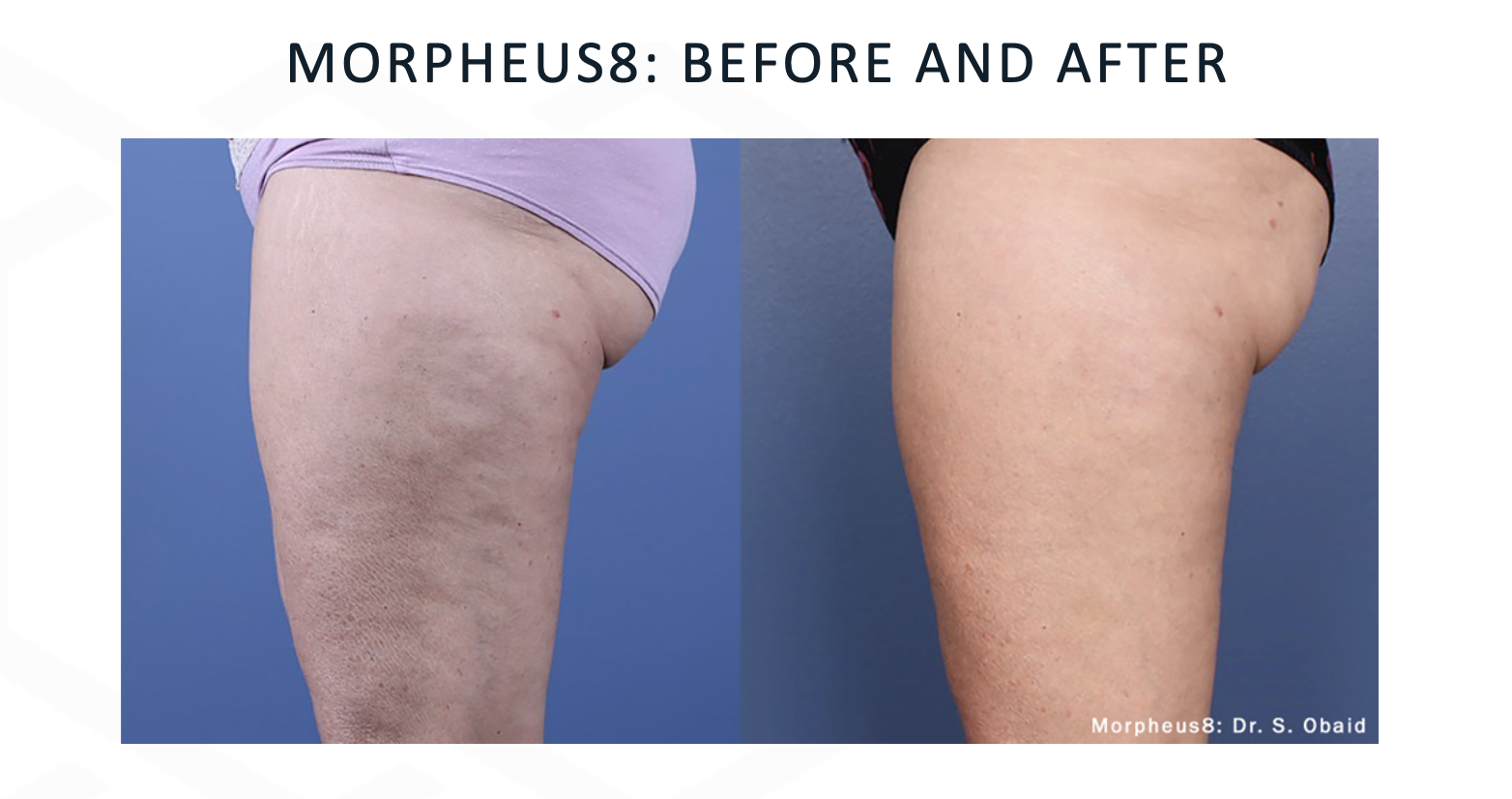THE BOONS OF BOTOX (AND WHY IT’S NO LONGER SCARY)
Janine Mendes-Franco
Short for Botulinum Toxin, Botox is a neurotoxic protein with a long history of medical use. Produced by the bacterium Clostridium botulinum, it was initially developed to treat muscle spasms and other conditions, but was later discovered to have remarkable cosmetic applications.
Once synonymous with frozen faces and celebrity secrets, it has undergone a remarkable transformation in recent years. Its ability to temporarily paralyse the muscles that cause fine lines and wrinkles have made it the go-to anti-ageing treatment, to the point where both men and women are very open about using it.
Wrinkle reduction — Botox bestows a refreshed and youthful appearance by smoothing out troublesome areas like the forehead, between the eyebrows (glabellar lines), and around the eyes (crow's feet).
The lip flip — This trendy (and super-effective) Botox procedure subtly enhances the appearance of the upper lip by relaxing the circular band of muscles around the mouth, creating the illusion of a fuller upper lip and more appealing smile without the need for dermal fillers. The procedure delivers noticeable results within a few days, which last for several months.
Non-invasive — Unlike facelifts and other surgical procedures, Botox is quick (15-30 minutes), generally comfortable, and requires little to no downtime.
Preventative — By starting Botox treatments early, you can slow down the development of wrinkles and maintain a youthful look for longer.
Natural-looking results — Advancements in injection techniques have made results more subtle and natural. When Botox is administered by a skilled and experienced practitioner, it naturally enhances your appearance without making you look expressionless.
The bottom line? Far from being scary, Botox has proven that it lives up to the hype. The treatment is safe, having been FDA-approved, and the risk of side effects is minimal when performed correctly. Not only do the results speak for themselves, but we are able to tailor the treatment to each patient's unique facial structure, ensuring a customised outcome.











